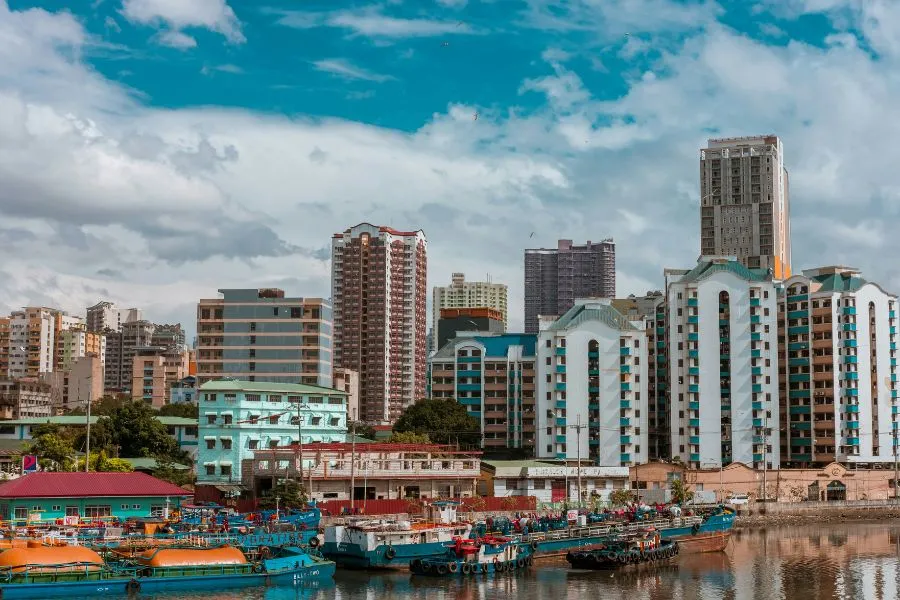The Philippines may not always be the first name that comes to mind when people think of long-term migration, but it’s quietly becoming a popular destination for professionals seeking career stability and a relaxed lifestyle in Southeast Asia. With a growing economy, strong English-speaking culture, and relatively straightforward visa system, the Philippines offers a promising route from temporary work status to permanent residency, provided you understand the right pathway.
In this guide, we’ll explore how foreign workers can transition from a work visa to permanent residency in the Philippines, the requirements they must meet, and what life as a resident entails in this island nation.
Key Takeaways
Understanding the Philippine Work Visa System
Foreigners who wish to work legally in the Philippines must first obtain the appropriate employment authorization. The most common route is the 9(g) Pre-Arranged Employment Visa, designed for foreign nationals who have secured employment with a Philippine-based company. This visa category allows you to work and live in the country for the duration of your employment contract, typically renewable every year.
Turn Your Work Visa Into a Path to PR in the Philippines — Fill the Form.
We connect you with trusted immigration experts who simplify the entire process — from paperwork to approval.
To qualify for a 9(g) visa, applicants need an employment offer from a company duly registered with the Department of Labor and Employment (DOLE). The employer is also responsible for securing an Alien Employment Permit (AEP), which is a mandatory prerequisite before applying for the visa itself.
There are also other employment-related visas, such as the Special Non-Immigrant Visa under Section 47(a)(2), often issued to employees of companies operating under special government agreements, and the Special Resident Retiree’s Visa (SRRV), though the latter is geared more toward retirees than active workers.
Also Read: Can You Get Permanent Residency in Saudi Arabia Through a Work Visa?
Eligibility Criteria for Foreign Workers
Securing a work visa in the Philippines is relatively more accessible than in many other Asian nations, but it still involves meeting several key criteria. Applicants must:
- Have a valid employment contract with a company legally operating in the Philippines.
- Possess the necessary skills and qualifications that cannot be easily filled by a local candidate.
- An Alien Employment Permit (AEP) from the Department of Labor and Employment.
- Pass standard medical and police clearances.
For high-demand fields such as information technology, business process outsourcing (BPO), construction, and energy, foreign professionals often find it easier to justify their employment to local authorities due to skill shortages in specific technical areas.

Moving from a Work Visa to Permanent Residency
The Philippines does not have a direct “work visa to PR” transition in the same structured sense as countries like Canada or Australia. However, it does provide several routes that can lead to long-term residence or even indefinite stay once a foreigner has established legal residence and demonstrated economic or familial ties.
One practical path is through the Quota Immigrant Visa under Section 13(a) of the Philippine Immigration Act. The government issues only 50 of these visas per nationality each year, making it somewhat exclusive, but it grants permanent resident status to individuals who can show good moral character, sufficient financial capacity, and intent to reside permanently.
Another path is the 13(a) Non-Quota Immigrant Visa for spouses of Filipino citizens. While not directly linked to employment, this route often becomes viable for foreign workers who meet their Filipino partners while working in the country.
Also Read: Nigeria Launches Online Work Permit System for Foreign Workers
For long-term foreign employees who have been living and working in the Philippines for several years, the Special Resident Visa for Employment Generation (SVEG) can also serve as a stepping stone. It’s intended for foreign nationals who employ at least ten Filipinos on a full-time basis, ideal for entrepreneurs or senior executives who have built significant business ties locally.
The Application Process and Documents
Applying for permanent residency in the Philippines involves both documentation and patience. The key steps typically include:
- Gather Required Documents — Passport, valid AEP, employment contract, NBI clearance (local police clearance), proof of financial capacity, and medical certificate.
- File the Application — Submission is made to the Bureau of Immigration (BI) either in Manila or at a regional office.
- Attend Interview and Background Checks — Applicants may be interviewed and their employment verified.
- Wait for Approval and Alien Certificate of Registration (ACR I-Card) — Once approved, you’ll receive the ACR I-Card, a crucial ID for foreigners living in the Philippines.

The process can take several months depending on the type of residency visa you’re applying for, but once granted, you’ll have the right to live, work, and even establish a business in the country indefinitely, subject to annual reporting requirements.
Benefits of Permanent Residency in the Philippines
Holding permanent residency status in the Philippines unlocks several benefits. You can enter and exit the country without needing to reapply for visas, enjoy local privileges such as access to property ownership (with certain restrictions), and seek employment freely without constant permit renewals.
Many foreigners also appreciate the affordable cost of living, warm climate, and cultural openness. The Philippines offers a familiar environment for English speakers, and its proximity to major Asian markets like Japan, Singapore, and Hong Kong makes it strategically appealing for professionals and entrepreneurs alike.
Challenges and Key Considerations
Despite the appeal, there are still challenges to consider. The bureaucratic process can be slow, with paperwork and in-person visits required for most applications. Additionally, while English is widely spoken, understanding local regulations often requires help from an accredited immigration lawyer or consultant.
Also Read: Can You Get Permanent Residency in Greece Through a Work Visa?
Tax obligations can also be complex; permanent residents are taxed on their worldwide income, so it’s crucial to seek tax advice before formalising PR status. Moreover, public healthcare and infrastructure, while improving, still lag behind Western standards, though private healthcare options are excellent and affordable.
Final Thoughts
For professionals who’ve built a career in the Philippines and wish to make it their long-term home, permanent residency is entirely achievable with the right groundwork. Whether through employment generation, family connections, or quota visas, the Philippines provides multiple legal channels for foreign workers to stay indefinitely.
The process might require patience, but it rewards persistence with something far greater, like a stable base in one of Asia’s most welcoming and opportunity-rich nations.
Reference: https://immigration.gov.ph/visas/permanent-resident-visa-prv/





